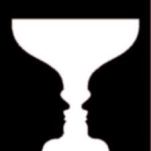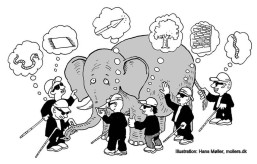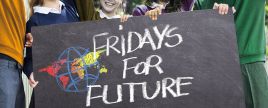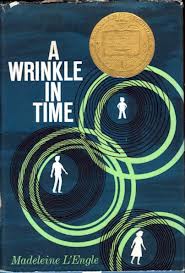I last wrote a blog post in November 2019, not long before the holiday celebrations and family visits began.
And then came 2020. Let me begin with personal experience. In a post here back on May 7, 2014 titled “No Less than the Trees and the Stars” I told of losing my husband and two of our four sons in 2013. Like that post, this one again confronts the subject of death in my own life, as my dog died in January of this year and my third (and last) stepson died on February 2. With my remaining son and his family I returned from the memorial service in Florida on February 29th, just days before Covid-19-related travel restrictions began.
Since 2013 people have often asked me how I managed to come to terms with the three deaths in that four month period. I would answer that grief can be utterly devastating, but I had found a way to cope through a philosophy I discovered in 1999 and began calling “story principle.” I spoke about it in a talk I gave at the National Association for Gifted Children conference in Kentucky in 2005. After that people began asking me if I could please expand that message into a book. So eventually, I did. It’s called Change Your Story, Change Your Life, and has been available on Amazon as both a physical book and a Kindle version since 2011. While the philosophy didn’t make coping with the deaths of 2013 easy, it did make it possible. The loss of my dog in January this year left me fully alone in my new home, and the death of my stepson took away the last member of the family that became mine when I married in 1964. Once again story principle is helping me cope.
Now, of course, the whole world is dealing with a pandemic that is continuing to bring death to every continent we humans inhabit. Kids are out of schools and families, many of whose gifted children are extremely sensitive and empathetic, are doing their best to cope with what may be the single largest and scariest disaster anyone on the planet today has ever experienced. We are told by those who study the subject of grief that we are all now currently faced with major grief caused by the sudden loss of the patterns our normal lives depend on.
After a number of internet gatherings and email exchanges with families of gifted kids, I decided last week to make my book easily available in its entirety as a free PDF and posted the link to that PDF on all of my Facebook pages. I am including it here at the end of this post.
Now let me share some thoughts about how to connect with this material, if you decide to download it. It was never intended as emergency help for a situation as difficult and life-changing as this pandemic. What I hoped for those who wanted to put it to work for themselves was that they could take it a chapter or two at a time, try whichever of the exercises between chapters that appealed to them, and move through it as far and as fast as seemed right for them. The structure of it was designed to bring the reader into the use of story principle one small step at a time, mainly to help them come to terms with how hard it can be to believe the principle without experiencing it personally. There is nothing like seeing and feeling it work for oneself to encourage a beginning acceptance and a willingness to experiment further.
But now, as I think about the possible effects of the current world situation on the highly gifted, highly sensitive and aware PG population I’ve written about all these years, I would suggest a different approach to the material than I had envisioned when I wrote it. Maybe read the short introduction and then Chapter Two, “Story Principle 101” as a beginning, but after that you may want to skip around in it a bit. Browse chapters and scan the “Putting it to Work” exercises to see what appeals to your particular interests or needs or life experience. It’s always possible to go back if you feel you’ve missed something that might help you understand more about how (or why) it might work for you.
Though with death tolls now a part of daily news broadcasts, one might be tempted to move quickly to the final chapters that focus on death, my suggestion would be that there are some pretty important chapters that come before those—especially from Chapter 9 on—to provide a more solid foundation first.
Science of Mind, from which Story Principle grew, was itself based on spiritual principles that can be found with some variation in most of the world’s religions. So some readers will immediately recognize aspects of it, especially if you come from a religious tradition that acknowledges “miracles.”
I wrote it to help people, as I had been helped, to bring more joy, more comfort, more fulfillment into their lives. I wanted people to discover the enormous power that their minds, their attitudes, and the “stories they tell themselves” have over their life experience. William James (1842-1910) wrote “The greatest discovery of my generation is that human beings can alter their lives by altering their attitudes of mind.” It’s a discovery that has mostly been lost to later generations. This is just my way to help share it.
When my son first read the manuscript he said “Nobody’s going to believe this coming from you, Mom. Your life has been way too good. They’ll just say, ‘Easy for you to say!’”
Well, possibly they would have said it then, but not so very likely now. Nobody’s life is without losses and grief. But I couldn’t have imagined when I first wrote the book what a solid foundation it would give me for dealing with my own.
Here it is in its entirety. Feel free to download and also to share:
Change Your Story, Change Your Life












